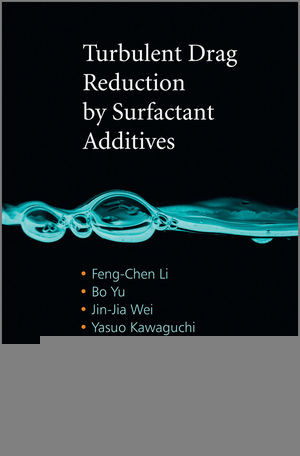

Most ebook files are in PDF format, so you can easily read them using various software such as Foxit Reader or directly on the Google Chrome browser.
Some ebook files are released by publishers in other formats such as .awz, .mobi, .epub, .fb2, etc. You may need to install specific software to read these formats on mobile/PC, such as Calibre.
Please read the tutorial at this link: https://ebookbell.com/faq
We offer FREE conversion to the popular formats you request; however, this may take some time. Therefore, right after payment, please email us, and we will try to provide the service as quickly as possible.
For some exceptional file formats or broken links (if any), please refrain from opening any disputes. Instead, email us first, and we will try to assist within a maximum of 6 hours.
EbookBell Team

4.0
76 reviewsTurbulent Drag Reduction by Surfactant Additives is geared for researchers, graduate students, and engineers in the fields of Fluid Mechanics, Mechanical Engineering, Turbulence, Chemical Engineering, Municipal Engineering. Researchers and practitioners involved in the fields of Flow Control, Chemistry, Computational Fluid Dynamics, Experimental Fluid Dynamics, and Rheology will also find this book to be a much-needed reference on the topic.Content:
Chapter 1 Introduction (pages 1–18):
Chapter 2 Drag Reduction and Heat Transfer Reduction Characteristics of Drag?Reducing Surfactant Solution Flow (pages 19–61):
Chapter 3 Turbulence Structures in Drag?Reducing Surfactant Solution Flow (pages 63–102):
Chapter 4 Numerical Simulation of Surfactant Drag Reduction (pages 103–182):
Chapter 5 Microstructures and Rheological Properties of Surfactant Solution (pages 183–232):
Chapter 6 Application Techniques for Drag Reduction by Surfactant Additives (pages 233–254):